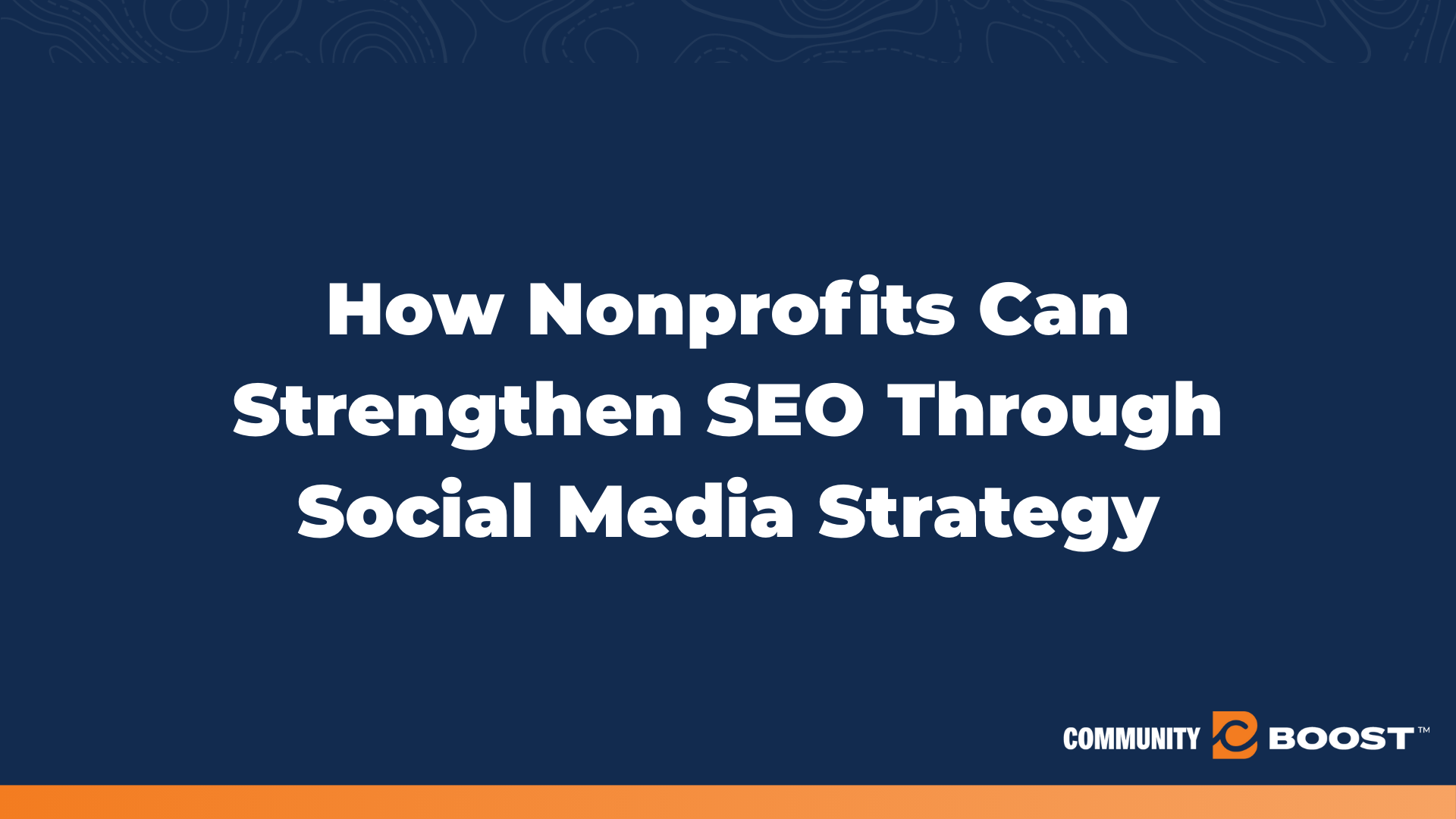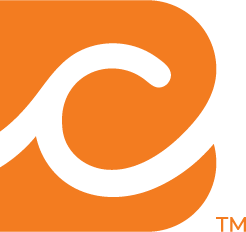Mastering Facebook Fundraising: Innovative Strategies for Nonprofits in 2024
min to read ✭
Social media is more important than ever for nonprofits aiming to raise funds and engage with their communities. With billions of active users, Facebook offers a powerful platform for nonprofits to connect with donors. From simple “Donate” buttons to advanced fundraising campaigns, Facebook’s tools enable nonprofits to creatively engage supporters and drive donations.
This guide covers the latest features, strategies, and best practices for Facebook fundraising in 2024, helping nonprofits enhance donor engagement, increase visibility, and maximize their fundraising efforts.
How to Create a Fundraiser on Facebook
Understanding Facebook’s Fundraising Tools
First things first—Facebook’s extensive range of fundraising tools is what makes it such a powerful platform for nonprofits. Over the years, the platform has introduced several features that make it easier for nonprofits to collect donations and engage with their supporters directly:
- Facebook Page with Donate Button: Add a Donate button to your Facebook Page or posts, allowing people to quickly donate without leaving the platform. This makes giving simple and seamless.
- Fundraiser Pages: Create dedicated fundraiser pages where supporters can learn about your cause, donate, and share the fundraiser with their networks to help spread the word.
- Facebook Live with Donate Button: Add a Donate button to the bottom of your Facebook Live videos, enabling real-time donations during virtual events. Viewers can also donate after the live event, and you can see the total amount raised during the stream.
- Fundraiser Insights: Facebook’s Fundraiser Insights Dashboard provides valuable data on the progress of your campaign, helping you track donations and adjust your strategy as needed.
Recent Changes in Facebook Fundraising
Facebook has made a few important updates to its fundraising tools this year:
- Nonprofit Payments Now via PayPal Giving Fund: Facebook now processes all nonprofit donations through PayPal Giving Fund (PPGF) in the US, UK, Canada, and Australia. This change simplifies the donation process, making it more accessible and user-friendly for both nonprofits and their supporters.
- Recurring Donations Feature Ending: Unfortunately, Facebook discontinued its recurring donations feature at the end of 2023, which had been introduced in late 2022.
- Fundraising Tools in the European Economic Area Discontinued: As of 1 July 2024, Meta’s fundraising tools, including Donate buttons, fundraisers, and Charity Manager, are no longer available to charities in the European Economic Area. Nonprofits in affected countries can update their Donate button to direct supporters to their website for donations.
Eligibility and Setup Process
Before diving into Facebook fundraising, you’ll need to ensure your organization meets the eligibility requirements. In the U.S., your nonprofit must have a 501(c)(3) certification, which Facebook will verify during the setup process. Additionally, your Facebook page must be categorized as a nonprofit page and must be active, with consistent posts and engagement to qualify.
How to Create a Fundraiser on Facebook
Note: You must be a Page admin for your nonprofit’s Facebook Page to create a fundraiser.
- Once you’ve logged into facebook on your computer, click your profile picture in the top right corner.
- Switch to your nonprofit’s Page.
- On the left-hand side, select Fundraisers .

- Then click Raise Money.

- Search for the nonprofit you want to support.

- Fill in the details for your challenge. Set a clear, realistic fundraising goal and an end date at least 14-30 days out. Choose a short, memorable name and include a brief personal appeal to explain why the cause matters to you—this will help engage your supporters. Click Create.

- From there, you can invite friends to donate, share the fundraiser in your Feed, or make a donation yourself.
Strategically Managing Facebook Fundraising
Planning Effective Campaigns
Effective Facebook fundraising starts with a solid plan. The most successful campaigns set realistic goals, understand their audience, and are timed to maximize visibility and engagement. For instance, many nonprofits strategically launch campaigns around major events like #GivingTuesday or other high-engagement periods such as the holiday season.
Case Study: Love Justice International’s Success During #GivingTuesday
Let’s look at a quick example. Love Justice International aimed to raise donations for their end-of-year campaign and Human Trafficking Awareness Day. They ran a Facebook Ads campaign that first introduced new audiences to their mission through engaging video content. As Giving Tuesday approached, they retargeted users who had previously interacted with their ads, showing them video slideshows with compelling text overlays.

This strategic approach helped generate $39,644 from 74 donations, achieving a 9.8x return on ad spend. By leveraging targeted ads and retargeting warm audiences, they successfully drove more donations and increased their impact.
Advanced Promotional Strategies
Setting up a Facebook fundraiser is just the beginning. To take your fundraising campaign to the next level, you’ll want to go beyond basic promotion.
- Audience Segmentation: Use Facebook’s powerful audience segmentation tools to target your messages to specific groups—whether it’s long-time donors, potential first-time givers, or people who have engaged with your page but haven’t yet donated.
- Facebook Insights: Track how posts and ads are performing, and optimize your strategy in real time. If a particular post or video is generating significant interest, boost it to reach a wider audience.
- Cross-Promotional Tactics: Partner with influencers, local businesses, or fellow nonprofits to expand the reach of your fundraiser.
Integrating your Facebook campaigns with other digital channels, like email marketing or your website, can help create a unified message across platforms and increase your campaign’s visibility.
Utilizing Analytics to Enhance Fundraising
Leveraging Facebook Analytics
Facebook provides a range of analytics tools that allow you to track key metrics like engagement, reach, and conversions. By paying close attention to these numbers, you can understand what’s working and adjust your campaign strategy accordingly.
For example, if you notice that videos perform better than static images, you can shift your focus to creating more video content for your campaign. Similarly, by tracking when your audience is most active, you can time your posts to maximize visibility.
Data-Driven Decision Making
Using data isn’t just about tracking numbers—it’s about making informed decisions. Facebook’s analytics can reveal valuable insights, such as the types of content that drive the most engagement, the peak times for donor activity, or which segments of your audience are most likely to donate. Armed with this information, you can fine-tune your messaging, optimize ad placements, and make your next campaign even more successful.
Engaging Donors with Innovative Content
Creative Engagement Techniques
Content is king, especially on social media. Donors are more likely to engage with campaigns that tell a compelling story and offer something beyond a simple ask for money. Consider these innovative content ideas:
- Video Stories: Share stories of the people or causes your nonprofit has helped, using emotional, high-quality videos to connect with potential donors.
- Behind-the-Scenes Posts: Show the inner workings of your organization—whether it’s a day in the life of a volunteer or preparations for a big event.
- Interactive Polls or Challenges: Create interactive content that encourages engagement, such as polls where followers can vote on initiatives or fun challenges tied to donations.
Building Community Support
Building a strong community on Facebook is essential for turning passive followers into active supporters. Here’s how you can foster engagement and a sense of belonging among your audience.
Community Building
- Regular Updates: Share consistent updates about your nonprofit’s activities, impact, and upcoming events. Regular content keeps your audience informed and engaged.
- Interactive Sessions: Host live Q&A sessions or virtual events where followers can interact directly with your team. These real-time conversations build deeper connections.
- Community-Driven Content: Encourage supporters to share their stories, photos, or testimonials. User-generated content fosters a collaborative and inclusive environment.
Long-term Engagement
While one-time donations are valuable, the real key to sustained success lies in converting these one-time donors into long-term supporters. Here’s how to keep the momentum going:
- Personalized Follow-Up: Send thank-you messages or tag donors in milestone posts to make them feel appreciated and valued.
- Continuous Interaction: Stay in touch with year-round content, even between fundraisers, to keep your nonprofit top of mind for future support.
- Exclusive Updates for Donors: Create private groups or share exclusive content to make donors feel special and part of an inner circle.
- Ongoing Impact Reports: Regularly show donors how their contributions are making a difference to reinforce their continued involvement.
- Promote Monthly Giving: Encourage recurring donations through monthly giving programs, creating a reliable source of long-term support.
By actively nurturing these relationships, you can transform one-time contributors into lifelong supporters who continue to champion your mission. Facebook’s platform makes it easy to maintain these connections and ensure your supporters feel like part of an ongoing, meaningful journey.
Navigating Legal and Compliance Issues
Understanding Compliance
When dealing with online donations, nonprofits must remain compliant with legal regulations. Facebook makes this relatively straightforward, but it’s still important to be aware of data privacy rules and financial reporting requirements.
Maintaining Donor Trust
Transparency is key to building trust with donors. Regularly report on how funds are being used and the impact achieved. This can be done through posts, emails, or even live updates, ensuring your supporters feel confident that their donations are making a difference.
Integrating Facebook Fundraising Across Channels
Multi-Channel Fundraising Strategies
While Facebook is an incredible tool, integrating it with other channels like email marketing, your website, or other social media platforms can amplify your reach. Facebook’s “Lookalike Audience” feature can help you target users similar to your existing supporters, while retargeting strategies can bring back those who engaged with previous campaigns but haven’t donated yet.
Maximize Your Facebook Fundraising Success
Mastering Facebook fundraising requires a combination of strategy, creativity, and data-driven decision-making. By leveraging Facebook’s tools, integrating your efforts across channels, and maintaining a strong relationship with your followers, your nonprofit can raise more funds and make a greater impact. Now’s the time to start using these strategies to ensure your nonprofit thrives in the coming year.
If you’re ready to elevate your Facebook fundraising efforts, don’t hesitate to reach out for personalized guidance tailored to your organization’s needs.





